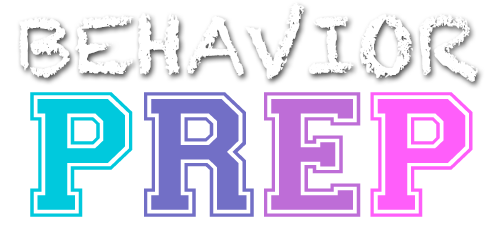B23 Identify ways the matching law can be used to interpret response allocation
Matching Law and Response Allocation
The matching law outlines how people distribute their replies across available options in accordance to the amount of reinforcement received from each one. The matching law states that the rate of a particular behavior is proportionate to its rate of reward in comparison to other available behaviors.
Example: A A student is assigned two tasks: math problems and reading. The kid is praised for each arithmetic problem done and each page read. If the student receives more frequent or higher-quality praise for doing math problems, they will spend more time doing so rather than reading. The matching law helps to explain this behavior distribution by showing that the student’s response allocation is proportionate to the reinforcement rates associated with each activity.
